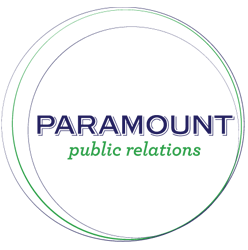With the Presidential election shortly behind us, the media is already analyzing how this election has differed from those previously. Regardless of party politics, social media and the internet played a substantial role in the 2012 election—from viral sharing to a wider access of political content. Although some praise it and others curse it, the social media landscape no doubt will shape the way people view their candidates in the future. PRDaily.com sheds some light on the three biggest social media takeaways from the 2012 election:
1. Tumblr is a viable platform to activate a younger demographic.
Obama’s team was active on the microblogging platform, taking advantage of memes and celebrity endorsements—highly shareable social elements. A look at his Tumblr (barackobama.tumblr.com/) shows gifs, a Lady Gaga tweet, and a kitty cat graphic. Was Tumblr the reason Obama won and Romney, whose Tumblr wasn’t nearly as interesting, lost? Probably not. But it certainly leads us to our next point.
2. Strong, shareable content may be becoming as effective as advertising.
Just as with companies, politicians have to fight through a ton of noise to be heard in social. Battleground states were inundated by TV ads, and they became white noise, blending together and inspiring people only to resent the election.
However, a well-timed graphic, such as the Obama team’s response to Clint Eastwood’s Republican National Convention appearance, titled This Seat’s Taken, can break through this clutter. The proof is in the numbers: The Eastwood image drew 63,000 retweets and 25,000 favorites—and that’s just on Twitter.
For brands all times—corporate and political—it comes back to the content. Strong content is highly shareable and will take on a life of its own. Weak content becomes part of the noise.
3. We may never have another ho-hum election.
Check your Facebook News Feed from the last 24 hours. Look at the latest offerings from your friends on Instagram. And Twitter? Fuggedaboutit.
Political opinions used to be something you kept to yourself—one of the big three topic you’re supposed to avoid at a dinner party. If social media is the world’s daily dinner party, we’ve thrown that rule out the window. Perhaps you unfriended those whose opinions were, shall we say, a bit extreme. Maybe you were sick of it all by the end. But one thing is certain: The chatter was insanely contagious, and we may never escape it as social media appears here to stay.
http://www.prdaily.com/Main/Articles/13113.aspx

